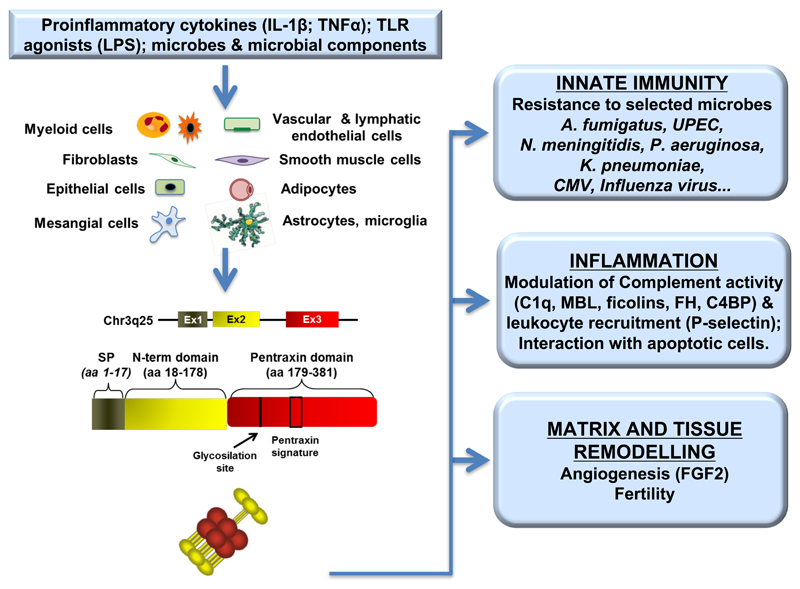Figure 1. Source and main functions of the long pentraxin PTX3.
Proinflammatory stimuli, TLR engagement and microbial recognition can induce PTX3 production by a wide variety of cell types, including cells of the myeloid lineage, vascular and lymphatic endothelial cells, smooth muscle cells, fibroblasts, epithelial cells, adipocytes, mesangial cells, astrocytes and cells of microglia. PTX3 gene is organized in three exons, the first coding the leader peptide, the second coding for the N-terminal domain and the third coding for the C-terminal, pentraxin like domain. The protein participates in matrix remodeling, plays a non-redundant role in the resistance to selected pathogens, has a regulatory role in inflammation and in fertility. The multifunctional properties of PTX3 are connected with the capacity to interact with different ligands.

